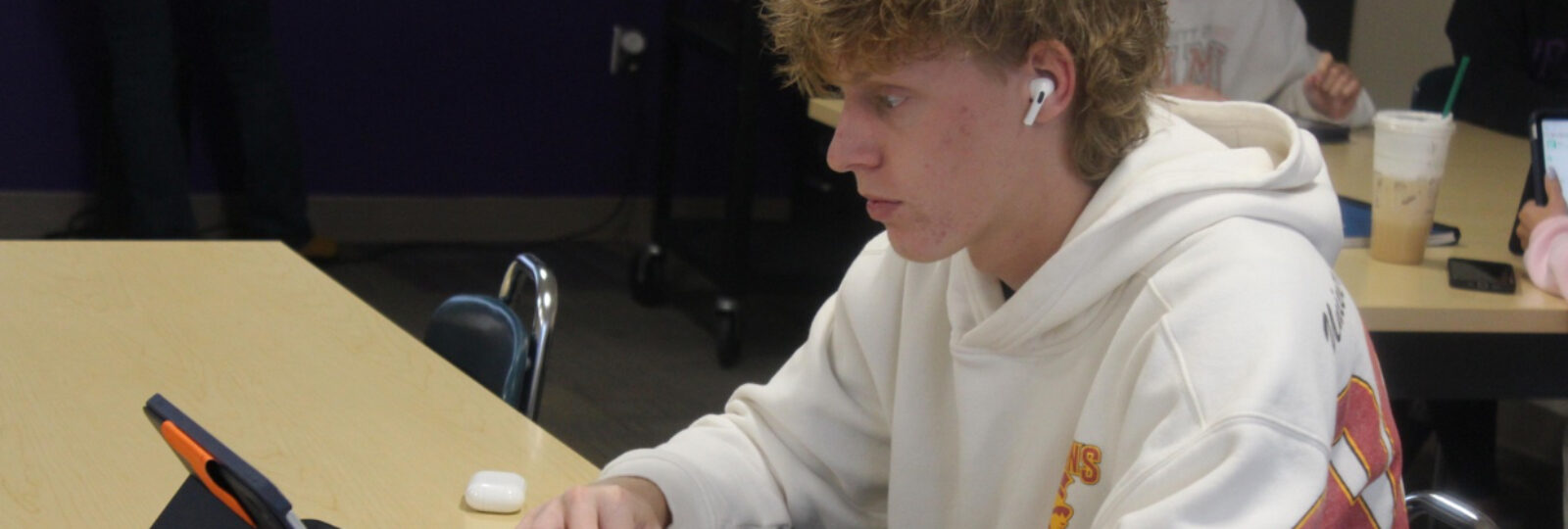Online vs. In-Person Learning
Share this story

Remember back in 2021 when we were all learning online not by choice but because we had to. Covid hit us like lightning, sudden and intense, forcing us into a virtual classroom environment that many were unprepared for. The sudden shift caught many off guard, leading to confusion and struggles for both students and educators. Although online learning provided a temporary solution, it became clear that it could not fully replace the advantages of traditional, in-person education. Some people believe that in-person education is more effective than online, here’s why.
Teacher support allows students to be more engaged and have easy help access. In a traditional classroom, students have direct access to their teachers, allowing for immediate feedback and assistance needed. Teacher support fosters a sense of care and concern, which can enhance student engagement and improve overall learning outcomes. According to frontiersin.org: “Teacher support enhances a teacher’s relationship with a student. Specifically, teachers who support students show their care and concern for their students, so these students often reciprocate this concern and respect for the teacher by adhering to classroom norms” This supportive relationship helps students feel more comfortable asking questions and engaging in the learning process. In-person classrooms allow real-time communication with teachers, enabling students to get quick answers to their questions, which is more difficult when online; teachers may not be able to get to your emails. This immediate support helps students stay on track and better understand the material, which leads to increased academic success. In-person allows you to be able to communicate with your teacher for questions you may have; with the immediate teacher support available in in-person settings, which helps students to stay on track, something that’s harder to achieve in online education.
Another reason on why in-person is more effective is engagement; in-person class participation. Classroom participation is far more interactive in physical classrooms, where students can engage in spontaneous discussions, ask questions, and contribute to the learning process in real time. In online environments, however, students may feel more isolated or distracted, making it harder to remain engaged with the content. According to Edutopia, “Students in classrooms that encourage participation and active learning are more likely to succeed. Classroom participation leads to deeper learning and better retention of information.” In-person education allows students to build stronger connections with peers and teachers, which enhances their sense of belonging and promotes active participation.
Lastly, motivation and accountability are often more effectively cultivated in-person. A report from The Learning Network in the New York Times found that “students are more likely to be engaged and motivated when they are required to attend class regularly and participate in discussions.” In-person classes create a sense of urgency and responsibility, which encourages students to stay on top of their assignments and be present for their lessons.
In conclusion, online learning was a necessary response during the Covid-19 pandemic. It has become clear that online learning cannot fully replace the benefits of traditional, in-person education. In-person learning offers immediate teacher support, fosters active engagement, and enhances motivation and accountability.
